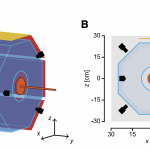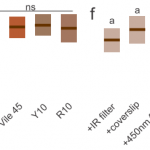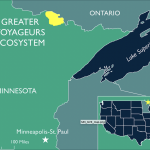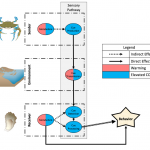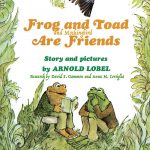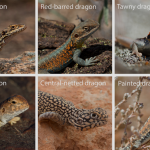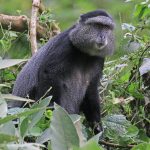This gallery contains 1 photo.
Flying insects, such as mosquitoes, have evolved the ability to evade looming objects such as predators and swatting hands. This is a useful skill since the intended blood hosts of mosquitoes often exhibit defense behaviors, like swatting or tail swishing, … Continue reading

